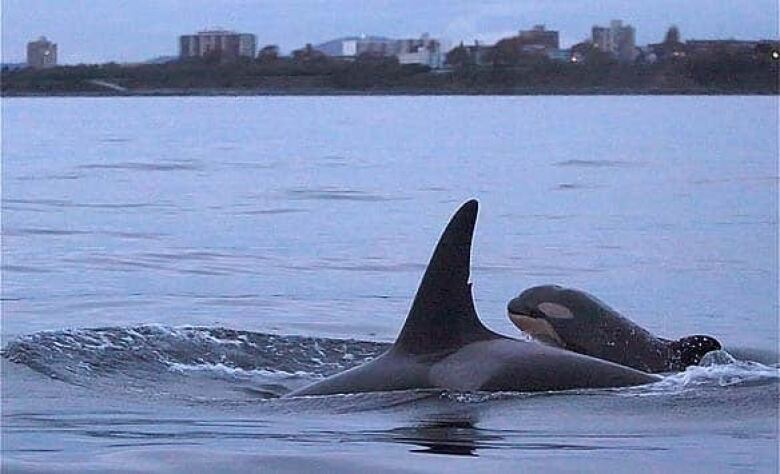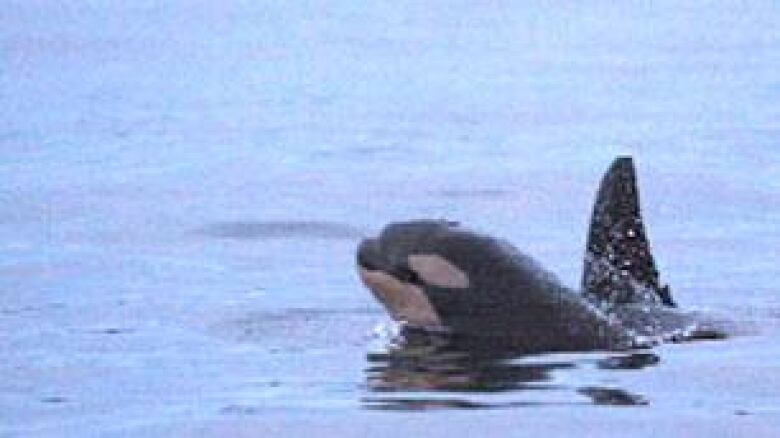Newborn killer whale buoys hopes

A second newborn killer whalehas been spotted in the waters off Washington state's San Juan Islands and near Victoria.
The calf, given the scientific designation J-46, is the newest member of what marine scientists call J-Pod, part of a larger group of endangered killer whalescalled the southern residents.
The presumed mother is a 16-year-old known as J-28, or Polaris, according tothe Orca Network, a non-profit whale monitoring organization.
This was the second killer whale birth in the area in recent weeks, after a new calf was spotted in another pod last month and brings the southern resident population to 87, said Susan Berta, co-founder of the network.

"It's amazing to see them any size, but it's a great sight to see a young one travelling right alongside its mom," Malleson said.
The young whale's prospects are daunting, according to some research, whichhas found that many of the marine mammals don't survive their first year.
"It's quite a high mortality rate, like 50 percent,"Malleson said.
Food supply favourable
The southern residents' numbers have been dwindling for decades, possibly because of ocean pollution and conflicts with the fishing industry, according to marine scientistsat the University of British Columbia.
In the calf's favour, however, is the southern residents' diet of chinook salmon. An unusually high volume of chinook returned to the area in thesummer, Berta said.
Thismight mean the motherwill be able to bulk up and nurse the calf. Young orcas nurse for up to two years but can start including meat in their diets after their first year.
The first test for the calf will be to survive the winter.
"I look forward to the next encounter with J-Pod and hopefully we'll see that calf again," Malleson said.
With files from The Associated Press












_(720p).jpg)


 OFFICIAL HD MUSIC VIDEO.jpg)
.jpg)



























































































